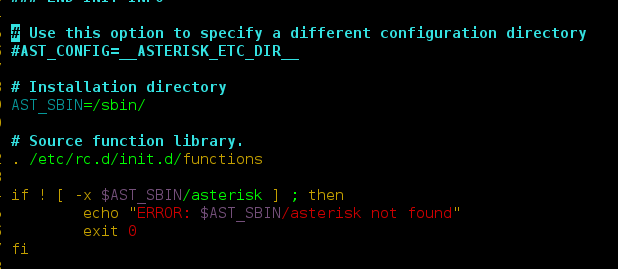numpy.sign(array [, out]) function is used to indicate the sign of a number element-wise.
For integer inputs, if array value is greater than 0 it returns 1, if array value is less than 0 it returns -1, and if array value 0 it returns 0.
Syntax: numpy.sign()
Parameters :
array : [array_like] Input values.
out : [ndarray, optional] Output array placed with result.Return : [ndarray] Returns the sign of array. If an array is scalar then the sign of array will be scalar.
Code 1 :
# Python Program illustrating# numpy.sign() method # importing numpyimport numpy as geek # input arrays array1 = [1, 0, -13]array2 = [-1, 0, 15] # print the input arrays print ("input array1 : ", array1)print ("input array2 : ", array2) # determine the sign of integer numbers in an array print ("\nCheck sign of array1 : ", geek.sign(array1))print ("\nCheck sign of array2 : ", geek.sign(array2)) |
Output :
array1 : [1, 0, -13] array2 : [-1, 0, 15] Check sign of array1 : [ 1 0 -1] Check sign of array2 : [-1 0 1]
Code 2 :
# Python Program illustrating# numpy.sign() method # importing numpy import numpy as geek # determine the sign of complex numberprint ("\n Check sign of complex input1 : ", geek.sign(7-3j))print ("\n Check sign of complex input2 : ", geek.sign(-7 + 3j)) |
Output :
Check sign of complex input1 : (1+0j) Check sign of complex input2 : (-1+0j)




